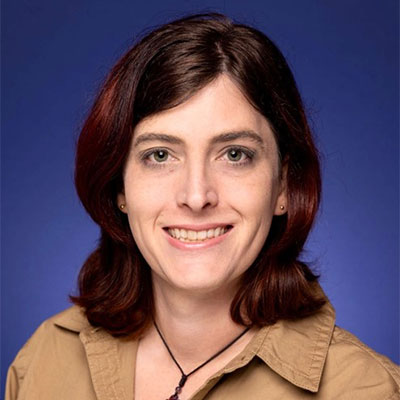CDR Emily “Hawking” Shilling, USN PMA-281 Naval Mission Planning Systems Military Deputy Program Manager
Sessions
-
AIAA SciTech Forum 2023

Emily Shilling is a Commander in the United States Navy. She currently serves as an Aerospace Engineering Duty Officer, Program Manager, with NAVAIR in the Washington DC area. After obtaining her Bachelor of Science in Aerospace Engineering Sciences from the University of Colorado, Emily joined the Navy. She was winged as a Naval Aviator in 2007 and went on to fly the EA-6B Prowlers, EA-18G Growlers and F/A-18E/F Rhinos. Operating off the USS Abraham Lincoln she conducted sixty combat missions in support of operations Enduring Freedom and New Dawn in both Afghanistan and Iraq. For her actions she was awarded three Air Medals and the Order of Daedalians Distinguished Airmanship Award. Subsequently selected as a Test Pilot Candidate, she was ordered to the United States Naval Test Pilot School (USNTPS) in Patuxent River Maryland.
CDR Shilling graduated with honors from Test Pilot School and received her Master of Systems Engineering from the Naval Postgraduate School in 2015. She then served as an Electronic Attack Project Officer with Test and Evaluation Squadron Two Three (VX-23) where she conducted high risk test flights in support of the US Navy’s most advanced air combat systems to include the cutting-edge electromagnetic aircraft launch and recovery systems being installed in the latest generation of US Aircraft Carriers. Following the success of this tour she was selected as an Aerospace Engineering Duty Officer (AEDO) where she is now a Military Deputy Program Manager charged with developing and acquiring our nation’s next line of offensive and defensive air systems.
Her major efforts as a Systems Engineer have included the Kepler Interplanetary Space Telescope, the Next Generation Naval Fighter, and the Next Generation of Naval Mission Planning. These systems have and will push the art of the possible, offering unique challenges for systems integration and will perhaps be her greatest technical legacy.
